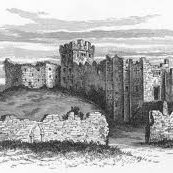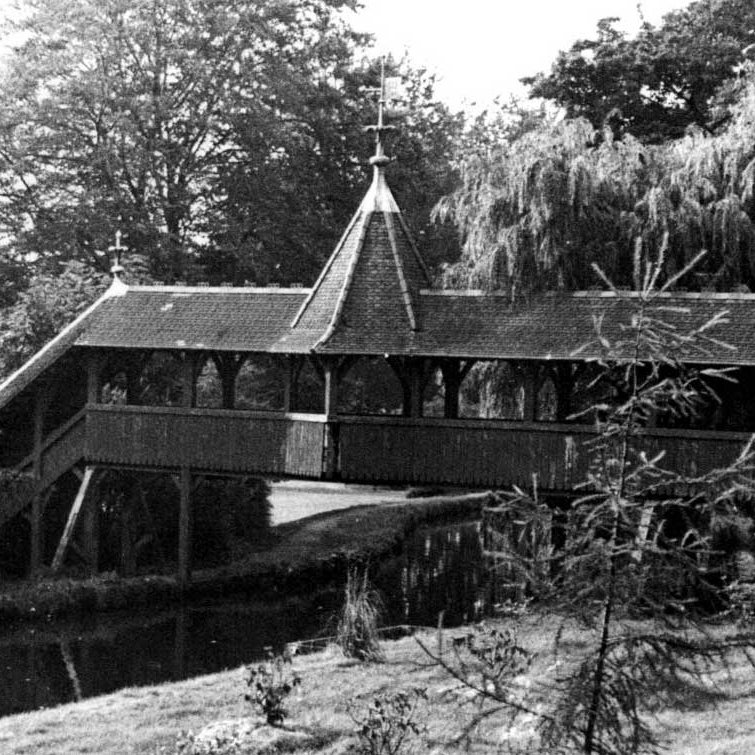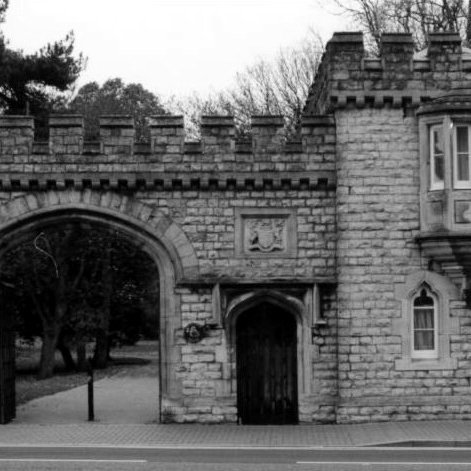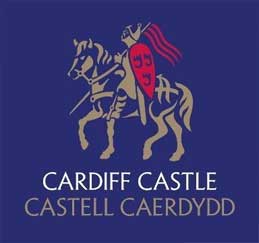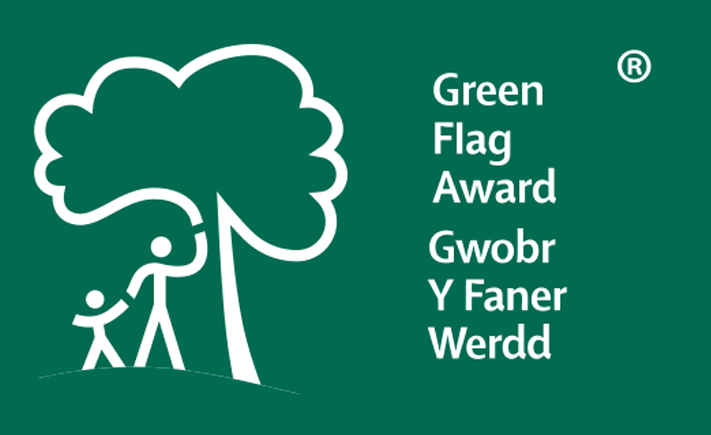History
Bute Park’s history goes back hundreds of years, and over the centuries the land has been through many changes.
1700s
By 1766, the wealthy Bute family inherited the castle and by the late 1800s had begun to develop the grounds. The land surrounding the castle was brought together and pleasure gardens were created.
Andrew Pettigrew worked closely with architect William Burgess to create a landscape that complemented the ornate work on the castle.
1800s
In 1855 the Bute Family closed Cooper’s Fields to public access. However in 1857, Sophia Gardens was opened to the public by the Bute family in compensation for the exclusion of public access from land on the east side of the river – now Bute Park.
Andrew Pettigrew entered the employment of the Bute Estate at Dumfries House, Ayrshire. He was appointed as head gardener to the third Marquess of Bute in 1873 and worked closely with the Marquess and his architect William Burges to lay out the castle grounds, now Bute Park.
In the late 1800s both the Swiss Bridge and Animal Wall which were designed by William Burges were constructed.
Today
Today the land is the ‘green heart’ of the city and provides a habitat for wildlife, a beautiful and extensive arboretum, as well as a venue for major public events.
After interest from the general public, the park underwent restoration from 2010 to 2014. The project was supported by a £3.1 million grant from the Heritage Lottery Fund and focused on:
- Conserving and restoring special historical, environmental and horticultural features.
- Making the park accessible for all visitors.
- Building the Visitor Centre.
- Renovating and developing West Lodge (what we now know as Pettigrew Tea Rooms).
- Cleaning and repairing the Animal Wall.
Forgottten history
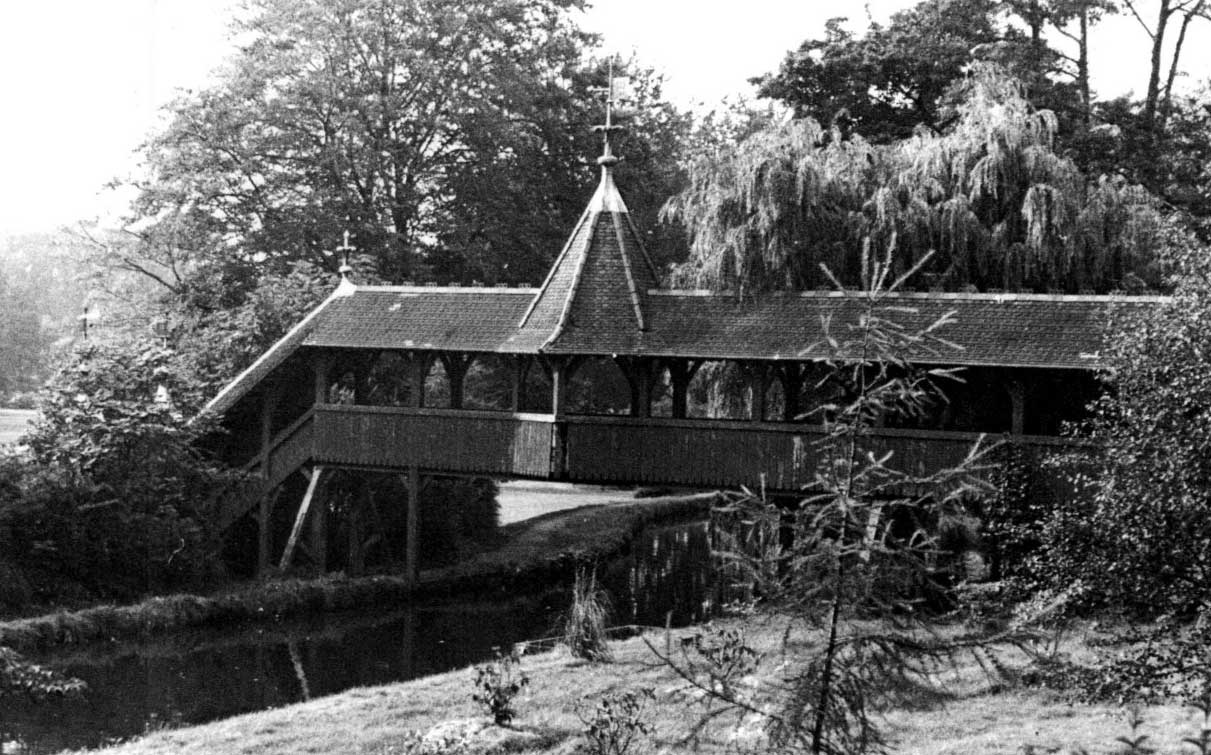
In the 1870’s, Burgess constructed the Swiss Bridge, a new exit from the castle to the private grounds over the old mill stream. When the West Gate was reconstructed in the 1920s on instructions from the 4th Marquess of Bute, the Swiss Bridge was moved to cross the dock feeder below Castle Mews.
Sadly the Swiss Bridge was dismantled following vandalism in the 1960’s.
Historical attractions
Pettigrew Tea Rooms
Pettigrew Tea Rooms
This vintage-style tea room is located at the southern end of the park in the handsome West Lodge building on Castle Street. Learn more.
Summerhouse Café
Summerhouse Café
The Summerhouse cafe offers a wide selection of locally sourced drinks and snacks. Learn more.
Eastern Boundary Wall
Eastern Boundary Wall
This wall runs the extent of the boundary from Blackweir farmhouse to Gabalfa lodge. The precise age of the wall is not known but it may be contemporary with Llys-Tal-y-Bont Lodge which is dated pre 1880. It is a significant visual feature along the north/south cycleway and provides a strong boundary statement for the northern... View Eastern Boundary Wall Learn more.
Gallery Footings
Gallery Footings
Immediately north of the animal wall is a large concrete footing which was constructed in 1937 to create a private art gallery within the castle grounds. The original structure was designed by F. R. Bates of Newport. It was the intention of the castle’s owner, the 4th Marquess of Bute (1881 – 1947), to display... View Gallery Footings Learn more.
Bridge Abutment
Bridge Abutment
These stones mark the eastern end of the 18th Century Bridge across the Taff replaced with the current bridge in 1920’s. The stonework of the 18th century bridge abutment is still preserved within the flood prevention bank on the east bank of the Taff beside the existing Canton Bridge. An early view of the... View Bridge Abutment Learn more.
West Gate Bridge
West Gate Bridge
The West Gate and bridge on the side of the Castle were re-constructed by John P. Grant on the instructions of the 4th Marquess in 1921. The original gate had been largely demolished after 1787, but one pier remained. When the new gate was constructed, a new bridge was also built to span the watercourses... View West Gate Bridge Learn more.
Lady Bute’s Bridge and Well
Lady Bute’s Bridge and Well
Lady Bute Bridge The bridge gave members of the Bute family access to their gardens to the west of the feeder, using a carriageway which led from the Castle’s North Gate to an exit onto Castle Street. The old postcard (courtesy of Vena and Wynne Edwards) shows the feeder leading towards the bridge. Much of... View Lady Bute’s Bridge and Well Learn more.
‘Love Exploring’ app
‘Love Exploring’ app
Download the ‘Love Exploring’ app to play for free Are you on the lookout for things to do with the family in Cardiff? Have you ever visited somewhere and wished there was more to do? The Love Exploring app puts the power of discovery in your hands by providing a range of quiz trails and... View ‘Love Exploring’ app Learn more.
The People’s Door
The People’s Door
The People's Door - a work of art. Learn more.
Cardiff Castle
Cardiff Castle
The Castle’s walls & fairy tale towers conceal 2,000 years of history. Learn more.
Bute Park for the young-at-heart
Bute Park for the young-at-heart
There are several trails, activities and play features throughout Bute Park for you to enjoy. Many will help you learn more about the park and what lives within it. Learn more.
Stuttgart Garden
Stuttgart Garden
The City between the wood and vines. Learn more.
Dock Feeder Canal
Dock Feeder Canal
The Dock Feeder Canal runs along the eastern boundary of Bute Park from Blackweir at the north end, south to the Castle, where it turns east, and runs along the north side of the Castle to leave the park. Learn more.
Blackweir Woods
Blackweir Woods
This beautiful woodland is designated as a Site of Interest for Nature Conservation (SINC) because of its importance to wildlife in Cardiff. It includes plants such as wood anemones, toothwort, moschatel (town hall clock), and ramsons (wild garlic), which are characteristic of native ancient woodland. Learn more.
Meteorological Station
Meteorological Station
The present-day station is part of the Met Office network of more than 270 automatic weather stations which report a mixture of snapshot hourly observations of the weather (synoptic observations) as well as daily summaries of the weather (climate observations). Learn more.
Tree Charter Pole
Tree Charter Pole
The Charter for Trees, Woods and People sets out the principles for a society in which people and trees can stand stronger together. Learn more.
Gorsedd Stone Circle
Gorsedd Stone Circle
This circular collection of stones was installed in 1978 to commemorate the Welsh National Eisteddfod in Cardiff. Learn more.
Blackfriar’s Friary
Blackfriar’s Friary
Blackfriars Friary is an ancient scheduled monument and a grade II listed building dating back to the 13th Century. Learn more.
Mill Leat
Mill Leat
The body of water along the western edge of Cardiff Castle is known as the Mill Leat. Learn more.
The Animal Wall
The Animal Wall
Animals peer over the wall from the park onto Castle Street delighting generations of residents and visitors. Learn more.
River Taff
River Taff
The River Taff is 64 km long and is formed at Cefn-coed-y-cymmer in Merthyr Tydfil at the confluence of the rivers Taf Fechan and Taf Fawr. Learn more.
